Publications
Filter by

Automated detection and classification of galaxies based on their brightness patterns
Clues and traces of the universe's origin and its developmental process are deeply buried in galaxy shapes and formations. Automated galaxies classification from their images is complicated due to the faintness of the galaxy images, conflicting bright background stars, and image noise. For this purpose, the current work proposes a novel logically structured modular algorithm that analyses galaxy
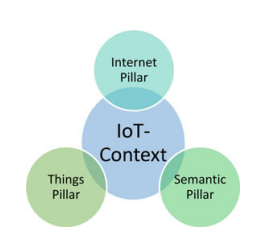
Security and Interoperability Issues with Internet of Things (IoT) in Healthcare Industry: A Survey
Recently, public healthcare systems become one of the most pivotal parts in our daily life. Resulting in an insane increase in Medical data like medical images and patient information. Having huge amount of data requires more computational power for efficient data management. In addition, data security, privacy and trustworthy have to be maintained and guaranteed. Most medical information in the

License Plate Image Analysis Empowered by Generative Adversarial Neural Networks (GANs)
Although the majority of existing License Plate (LP) recognition techniques have significant improvements in accuracy, they are still limited to ideal situations in which training data is correctly annotated with restricted scenarios. Moreover, images or videos are frequently used in monitoring systems that have Low Resolution (LR) quality. In this work, the problem of LP detection in digital
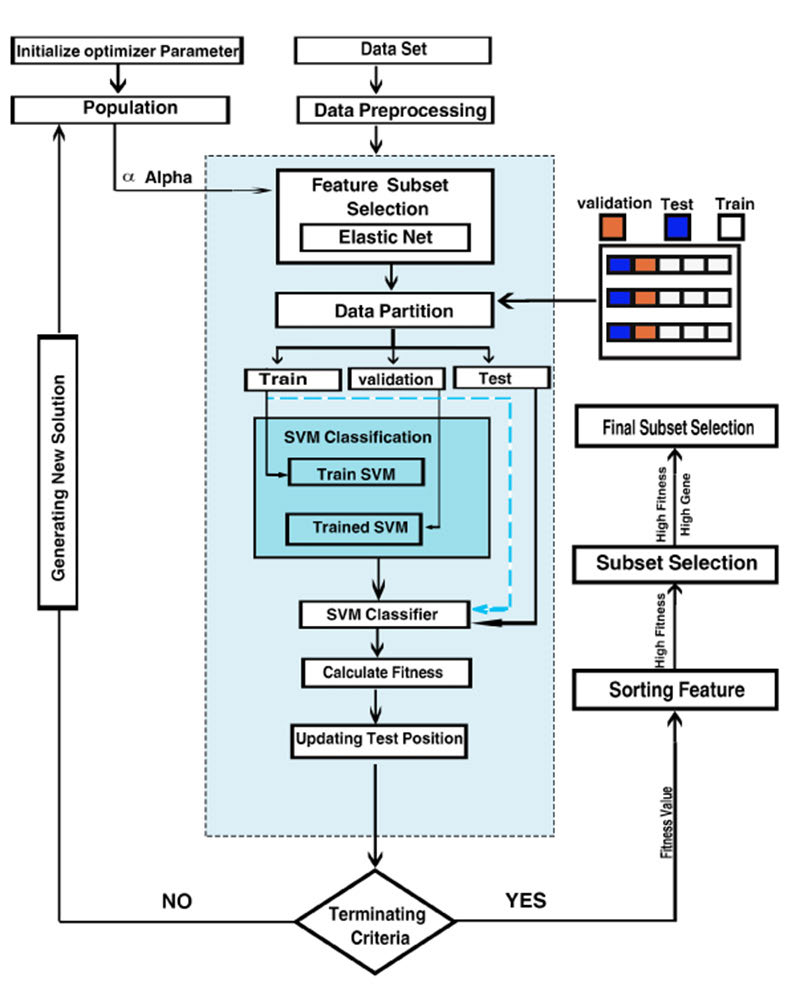
A Hybrid Feature Selection Optimization Model for High Dimension Data Classification
Feature selection is an NP-hard combinatorial problem, in which the number of possible feature subsets increases exponentially with the number of features. In the case of large dimensionality, the goal of feature selection is to determine the smallest possible features considering the most informative subset. In this paper, we proposed a hybrid feature selection optimization model for Cancer

Light-Weight Localization and Scale-Independent Multi-gate UNET Segmentation of Left and Right Ventricles in MRI Images
Purpose: Heart segmentation in cardiac magnetic resonance images is heavily used during the assessment of left ventricle global function. Automation of the segmentation is crucial to standardize the analysis. This study aims at developing a CNN-based framework to aid the clinical measurements of the left ventricle and right ventricle in cardiac magnetic resonance images. Methods: We propose a
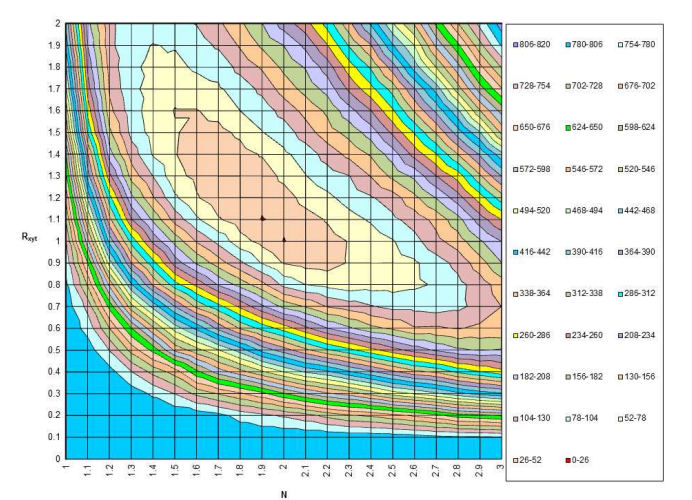
Automated classification technique for edge-on galaxies based on mathematical treatment of brightness data
Classification of edge-on galaxies is important to astronomical studies due to our Milky Way galaxy being an edge-on galaxy. Edge-on galaxies pose a problem to classification due to their less overall brightness levels and smaller numbers of pixels. In the current work, a novel technique for the classification of edge-on galaxies has been developed. This technique is based on the mathematical
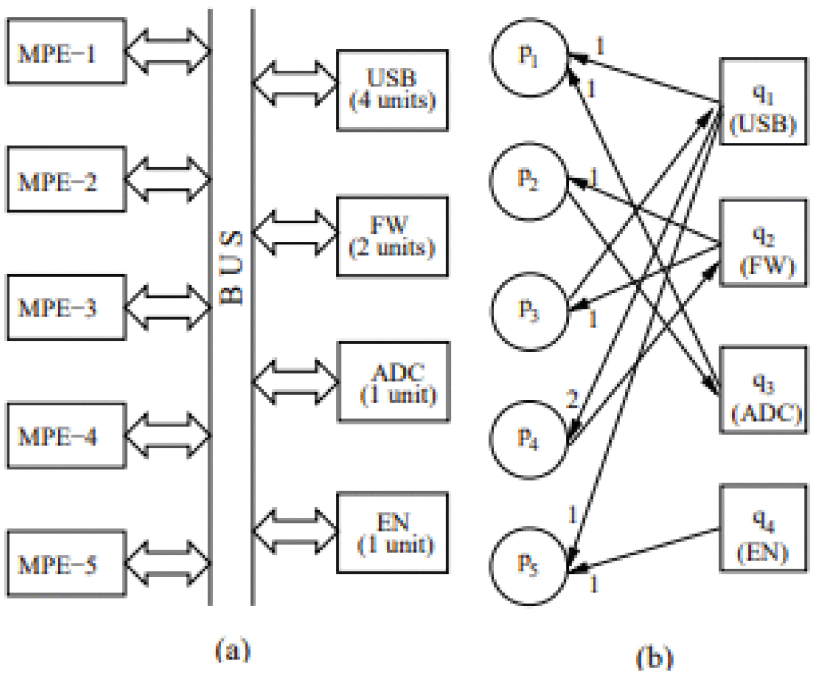
Fault-Recovery and Robust Deadlock Control of Reconfigurable Multi-Unit Resource Allocation Systems Using Siphons
A multi-unit resource allocation system usually contains several processes and a number of resources with multiple units. Due to the competition for shared resources in these systems, deadlocks may occur. Recently, researchers have shown an increased awareness in deadlock control strategies for such a kind of systems without considering the dynamic changes such as processing failures and rework by

An Efficient Cancer Classification Model Using Microarray and High-Dimensional Data
Cancer can be considered as one of the leading causes of death widely. One of the most effective tools to be able to handle cancer diagnosis, prognosis, and treatment is by using expression profiling technique which is based on microarray gene. For each data point (sample), gene data expression usually receives tens of thousands of genes. As a result, this data is large-scale, high-dimensional
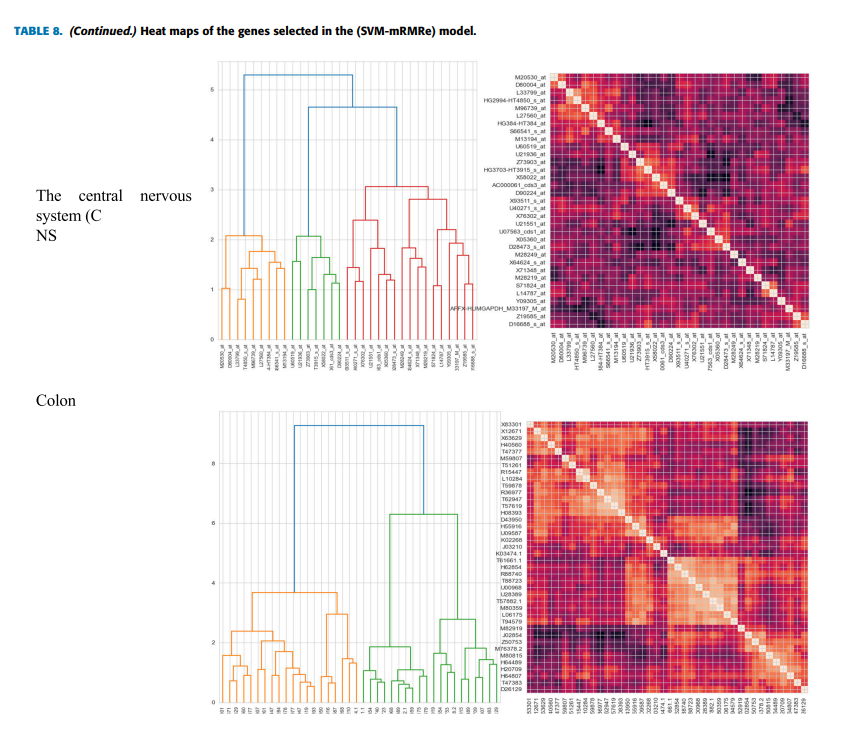
An Efficient SVM-Based Feature Selection Model for Cancer Classification Using High-Dimensional Microarray Data
Feature selection is critical in analyzing microarray data, which has many features (genes) or dimensions. However, with only a few samples the large search space and time consumed during their selection make selecting relevant and informative genes that improve classification performance a complex task. This paper proposed a hybrid model for gene selection known as (SVM-mRMRe), the proposed model
Hybrid feature selection model based on relief-based algorithms and regulizer algorithms for cancer classification
Cancer is a group of diseases that involve abnormal cell growth with the potential to spread to other parts of the body. Cancer microarray data usually include a small number of samples with a large number of gene expression levels as features. Gene expression or microarray is a technology that monitors the expression of the large number of genes in parallel that make it useful in cancer

